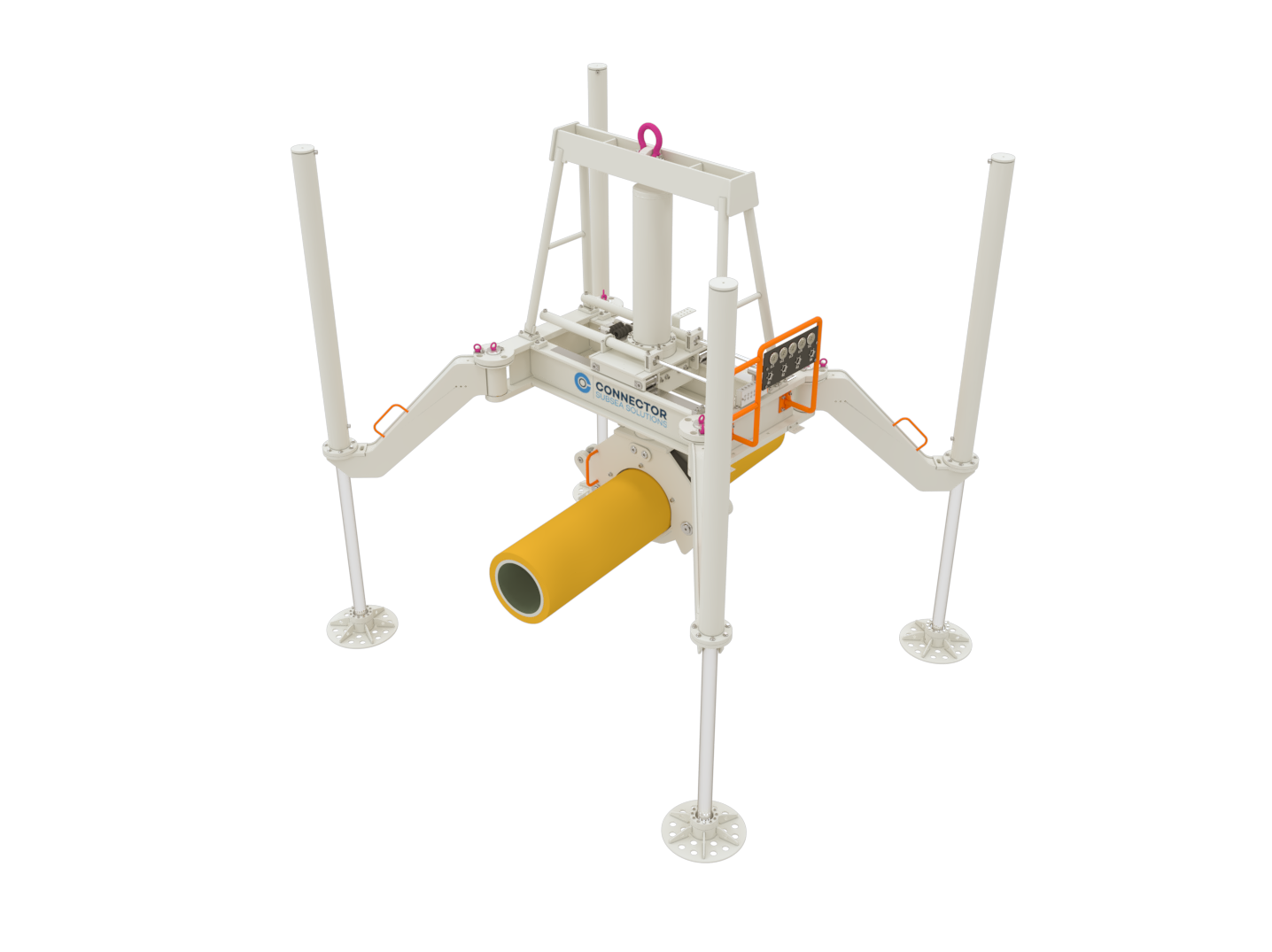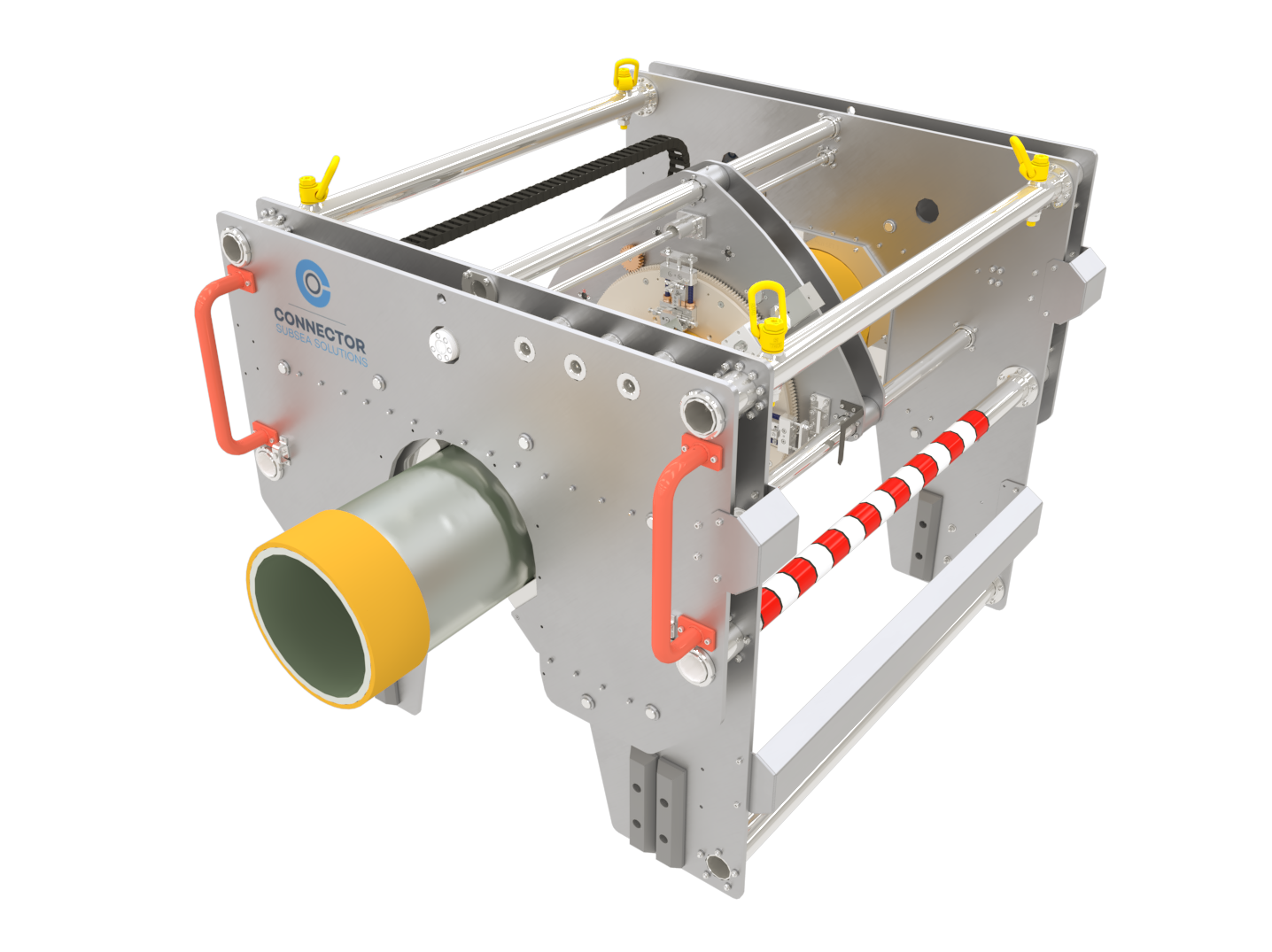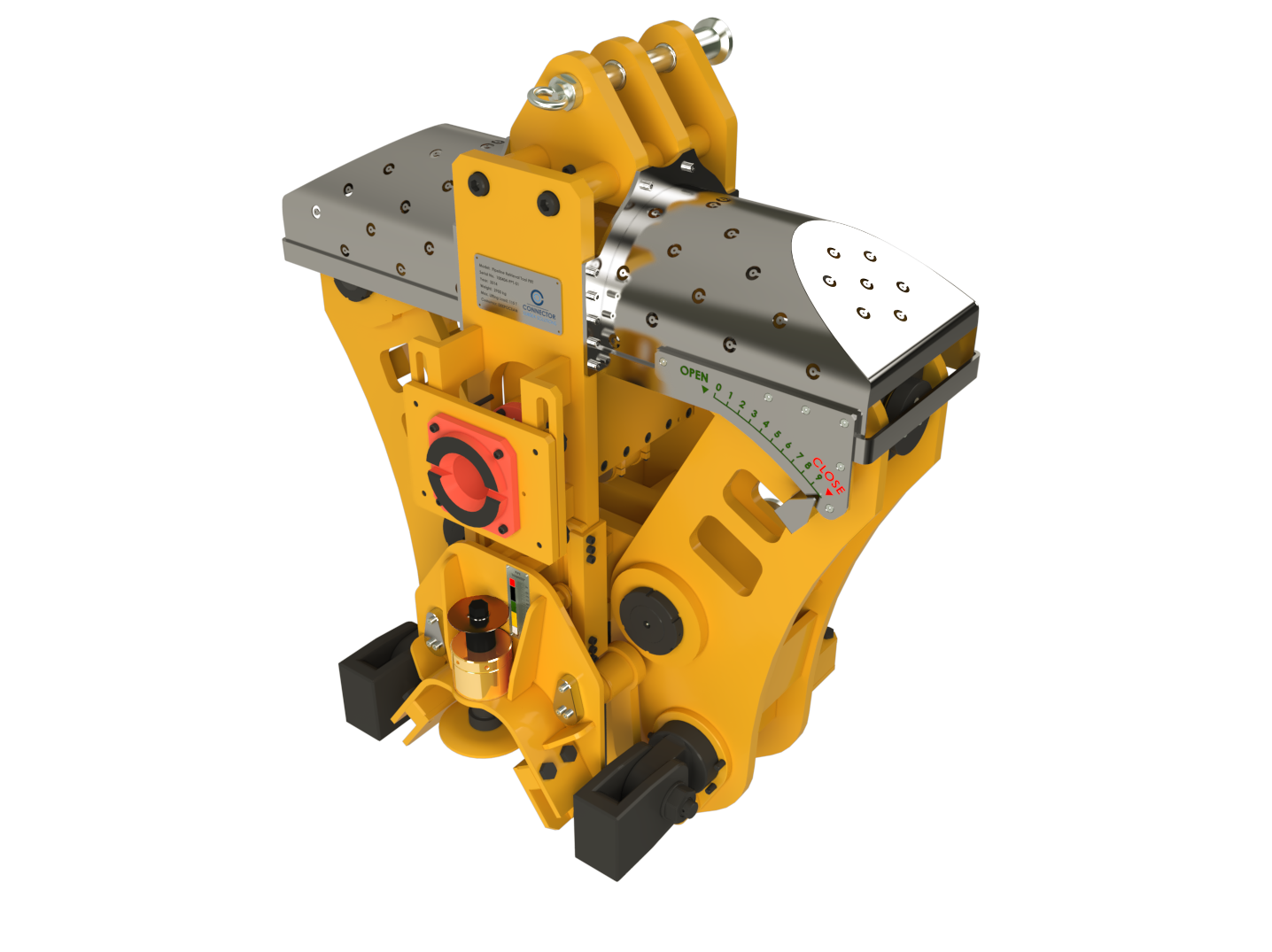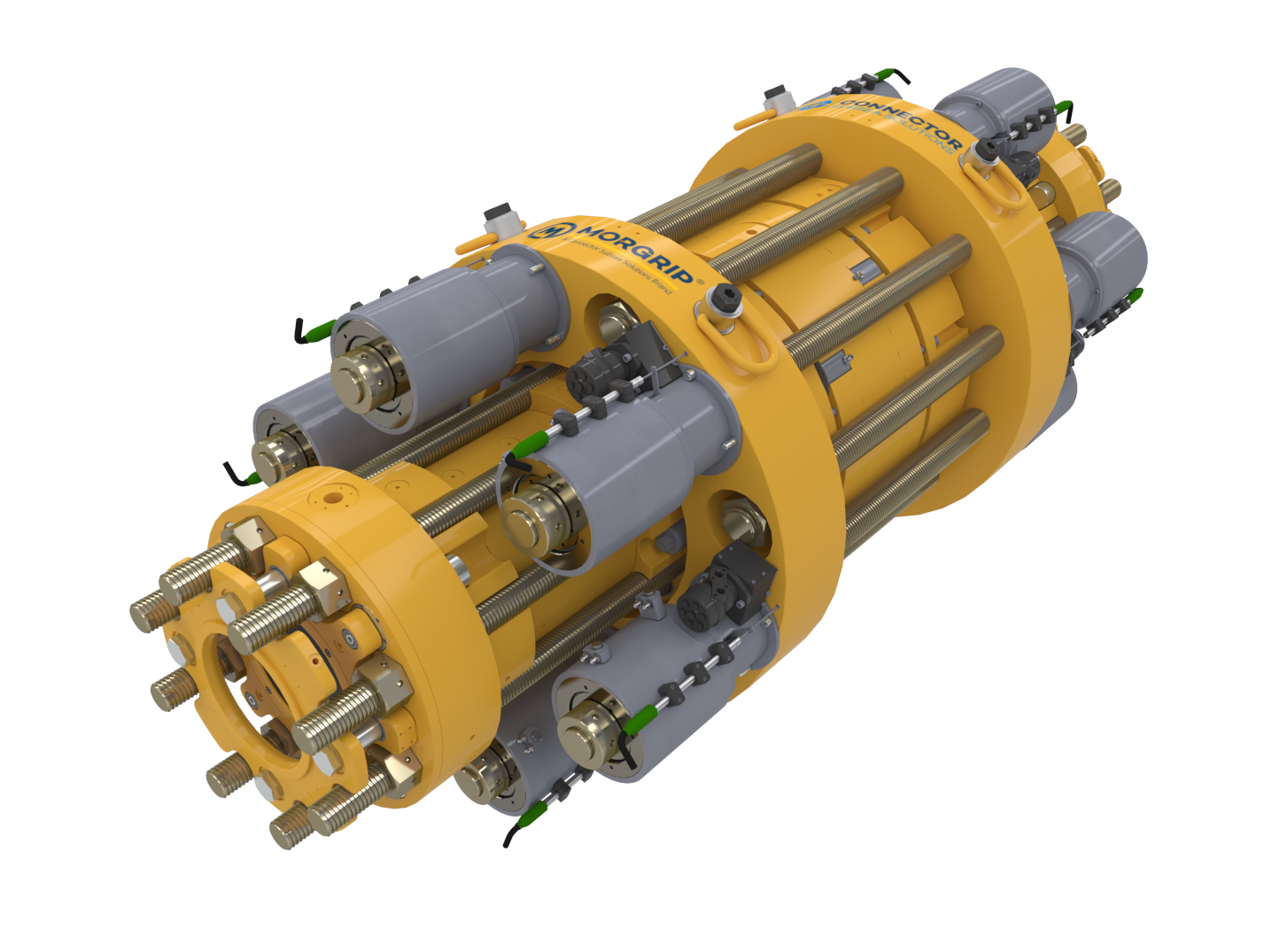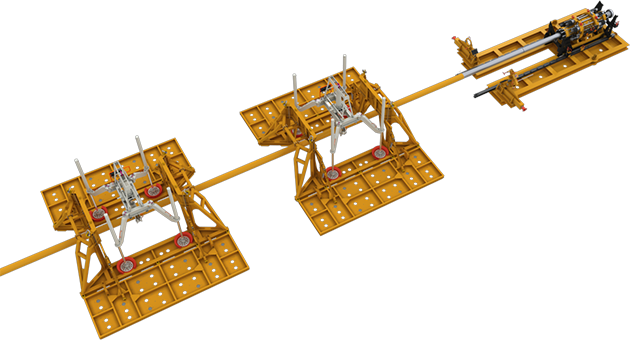Our Remote Welding Pipeline Repair System is a suite of equipment designed to provide a capability for subsea pipe joining using a hyperbaric MIG fillet-welding process. It is an important tool in an Emergency Pipeline Repair System (EPRS). We were selected as a key supplier for this project because of our significant subsea experience and our ability to work on all parts of the project, from initial specification to the final operational stage.

Product Description
The Remote Welding Pipeline Repair System consists of three main assemblies:
- The Remote Welding Habitat (RWH) is the foundation of the system, creating reference to the pipe and spool for the Remote Welding Power and Control Module (POCO) and Remote Welding Tool. The RWH provides a gas-filled chamber sealed around the pipeline that creates a dry welding atmosphere.
- The Remote Welding POCO (RWP) is the carrier of the Remote Welding Tool and the control system for power distribution, welding and preheat equipment. The RWP is landed onto the RWH and is retrievable without disrupting the dry habitat environment.
- The Remote Welding Tool (RWT) is an assembly which carries all the equipment required to perform the welding operation, such as the weld head, grinding head and torch tip changer. The RWT also includes preheat coils for pre- and post-weld heat treatment of pipe and spool. A sensor head on the tool also allows pre- and post-weld inspection, metrology and qualification.
CSS Isotek Ltd led the design and specification of both the RWP and the RWT from the very start of the project. Our electronic and electrical, mechanical and software teams worked together to design and fabricate each part of this complex tool, ensuring that each assembly was both operational independently and also when integrated with the other equipment to form the complete tool.
The project represented a significant challenge because of the many complex functional requirements and also the extreme operating conditions, i.e. hyperbaric pressure resulting from depths in excess of 1000 msw and localised high temperatures due to preheat and the welding process. The system was comprehensively tested at all stages, including deep-water tests on Sognefjord, the largest and best known fjord in Norway and the second longest in the world. Here the equipment performed the world’s deepest-ever pipeline weld at nearly 1000msw.
Remote Welding
First and only field proven remote welding system for deepwater pipeline repair
Rated to 1000m water depth, the system provides contingency as part of an EPRS
” Now we are able to use remote-controlled robots down to a depth of 1,000 metres and weld pipelines wider than 30”. These are our largest pipelines, such as the export pipelines. Remote controlling this operation is highly efficient, and we save both time and money. Should an accident happen, the resulting downtime can now be reduced by 6-9 month. ”
Jan Olav Berge
Senior Advisor for Pipeline and Transport, Statoil Petroleum ASA
statoil.com
 Connector Subsea Solutions
Connector Subsea Solutions

